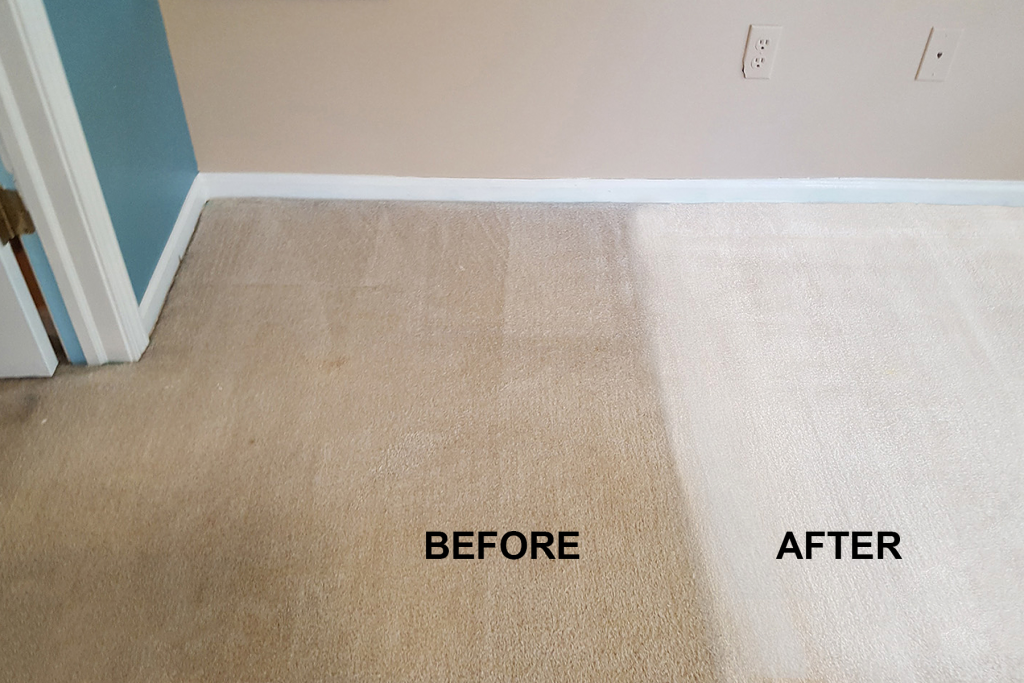Water flooding inside our interiors can be a very problematic situation requiring swift action. Often water can damage your structure, furniture, upholstery and carpet. Water accumulation inside our homes can create many problems associated with our health, hygiene and infrastructure. Carpets are very prone to water damage and constant soaking of water in carpets can lead to the formation of mould or mildew and also harbour dangerous germs and bacteria. By taking care of sources of water flooding we can take care of our homes and carpets. Carpet water extraction is essential to be done on time so as to avoid permanent damage to the carpet and make sure that no mould is formed. After carpet water extraction we should always dry your carpets as soon as possible because further delay in drying can damage the fibres of your carpets and compromise the overall quality and life of your carpets. We are providing you with some sources and prevention of carpet water damage from flood water:

Rain and Rainwater Management
Rainwater is the topmost natural source of water flooding inside our homes. Rainwater can seep inside through ceilings, walls, and windows. By making sure that your ceiling is water-resistant and has proper drainage for rainwater removal you can make sure that no rainwater leaks in. Plumbing pipes and your drainage system will help you get rid of rainwater but any blockage inside your pipes can result in overflow and flooding of rainwater inside. Commercial sealants should be used to seal any crack or leakage seen in the walls and pipes and by applying waterproof paints we can stop the penetration of water inside through the walls. Shut your windows and doors in the event of rainfall and properly check your interiors for any movement of rainwater.
Washing Machines and Dishwashers or Air Conditioners
Washing machines hold a lot of amount of water, so we should always check the inner apparatus and floor of the machine to make sure that there is no rust or damage to it. Any damage to the machinery can result in water flooding and sometimes it can lead to an accident. Machines should not be overfilled with water and make sure that the overfill hose is attached to it, so the water amount is under check. Never operate your dishwasher and washing machines in your absence. Air conditioners often result in water flooding too as the moisture inside builds up, it condenses and drips on your carpets through walls. Keep your air conditioner working in excellent condition and by regular service and usage, you can control any malfunctioning and water leaking of air conditioners. Dishwashers should be checked constantly, their pipes and floorings should be intact and no sign of leakage or damage should be seen. Fix any problem associated with your home appliances and prevent carpet water damage.
Gutter and Sewage
Gutters and sewages provide a pathway for dirty unhygienic water to run out of our homes. People often face serious problems in case of sewage and gutter blockage Clogged gutters will overflow and flood your house with dirty harmful water which your carpets will soak in. This will lead to a very bad stink and attack of very harmful pathogens and germs which will put your family at risk of illness. Hire professional Flood Damage Restoration Ipswich services for carpet water extraction. Professional carpet cleaners will also help you with carpet sanitization and carpet deodourisation.
Hire Carpet Cleaning 4U Services
Carpet Cleaning 4U is an age-old and experienced company providing professional cleaning services. We offer round-the-clock service and can fix and restore your carpets from Carpet Water Damage Flood Restoration. Appoint Our skilled team of experts will provide a solution to your carpet problems in no time.

